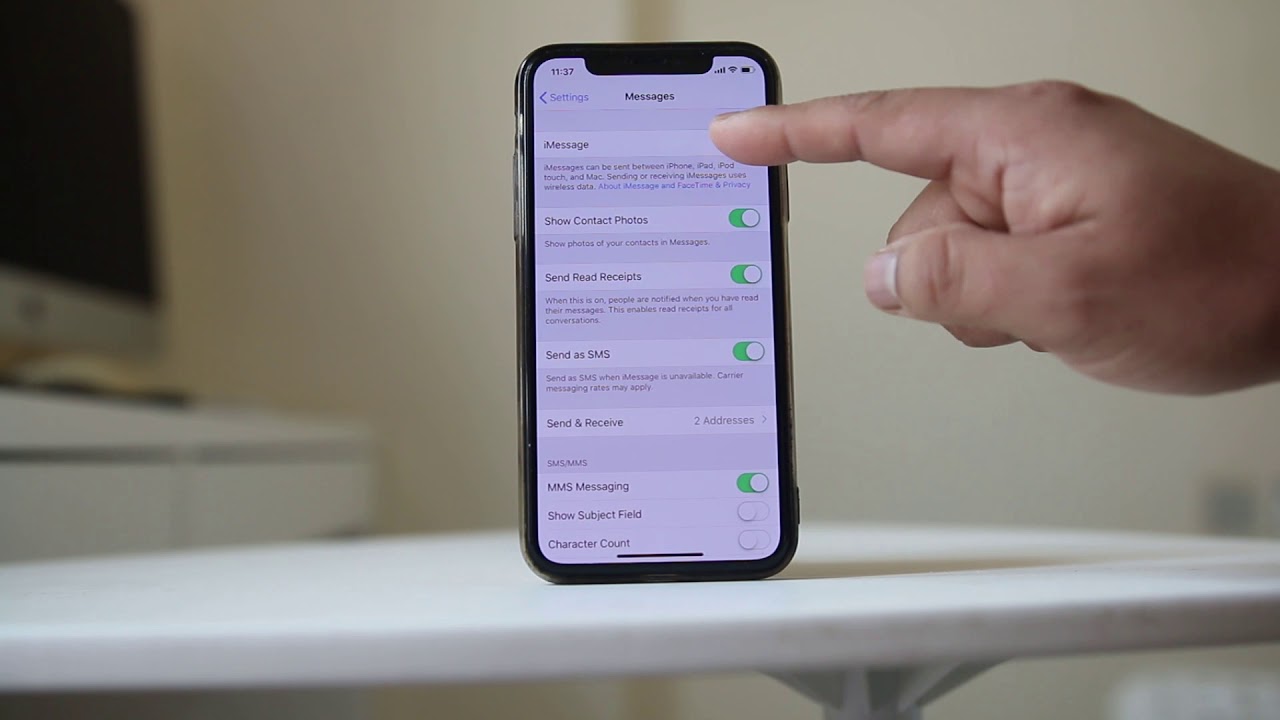
Sending messages from an Android device to an iPhone running iOS 10 can be a bit tricky, but it is definitely possible. There are several methods you can use to achieve this, each with its own set of steps and requirements. In this article, we will guide you through the most common methods, including using the "Move to iOS" app, forwarding text messages, and exporting messages via email.
Method 1: Using the "Move to iOS" App
The "Move to iOS" app is a dedicated tool provided by Apple to help users transfer data from their Android device to an iPhone. This method is particularly useful if you are setting up a new iPhone and want to transfer all your messages, contacts, and other data seamlessly.
Requirements
Before you start, make sure your devices meet the following requirements:
- Android Device: Must be running Android 5.0 (Lollipop) or later.
- iPhone: Needs to be on iOS 15.0 or newer.
- Move to iOS App: Download this app from the Google Play Store on your Android device.
- Wi-Fi: Both devices should be connected to the same Wi-Fi network.
- Power Source: Keep both devices plugged into a power source during the transfer.
- Storage Space: Ensure your iPhone has enough free storage to accommodate the messages and other data from your Android device.
- Apple ID: Have your Apple ID and password ready for setting up the iPhone.
- SIM Card: If you plan to use the same phone number, make sure your SIM card fits the new iPhone or get a compatible one.
- Factory Reset: The iPhone should be either new or reset to factory settings to start the setup process.
Steps
-
Install the Move to iOS App:
- Open the Google Play Store on your Android device.
- Search for "Move to iOS" and download the app.
- Once installed, open the app.
-
Turn On Your New iPhone:
- Turn on your new iPhone and start the setup process.
- When you reach the "Apps & Data" screen, select "Move Data from Android."
-
Open Move to iOS on Your Android Device:
- On your Android device, open the Move to iOS app.
- Tap "Continue" and agree to the terms and conditions.
-
Connect Both Devices to Wi-Fi:
- Ensure both devices are connected to the same Wi-Fi network.
- On your iPhone, you will see a 10-minute countdown timer. During this time, you need to complete the transfer process on your Android device.
-
Select Data to Transfer:
- On your iPhone, select which data you want to transfer, including messages, contacts, photos, and more.
- On your Android device, select the data you want to transfer and tap "Next."
-
Wait for the Transfer Process:
- The transfer process will begin automatically. This may take several minutes depending on the amount of data being transferred.
- You will see a progress bar on both devices indicating how much data has been transferred.
-
Complete Setup on iPhone:
- Once the transfer is complete, you will be prompted to complete the setup process on your iPhone.
- Follow the on-screen instructions to set up your iPhone with your Apple ID and other settings.
Method 2: Forwarding Text Messages
Another method to transfer messages from an Android device to an iPhone is by forwarding text messages directly from your Android device to your iPhone. This method is straightforward but requires some setup on both devices.
Steps
Set Up Text Message Forwarding on Android
-
Open Messaging App:
- Open the messaging app on your Android device.
- Look for the settings menu, usually represented by three dots or a gear icon.
-
Enable Message Forwarding:
- Find the option for message forwarding in the settings menu.
- Enable it by toggling a switch or entering a forwarding number.
-
Input iPhone Number Correctly:
- Make sure to input your iPhone's number correctly to avoid any hiccups.
Receive Forwarded Texts on iPhone
-
Open Messages App:
- Grab your iPhone and open the Messages app.
- Wait for the forwarded texts to come through. They should appear just like any other message.
-
Double-Check Forwarding Settings:
- If you don't see them, double-check the forwarding settings on your Android device to ensure everything's set up properly.
Method 3: Exporting Messages via Email
If you want to save important conversations without needing special apps, you can export messages via email from your Android device and then import them on your iPhone.
Steps
Export Messages to Email on Android
-
Open Messaging App:
- Open the messaging app on your Android device.
- Select the conversation you want to transfer.
-
Share or Forward via Email:
- Tap and hold the conversation until a menu appears.
- Choose the option to share or forward via email.
- Enter your email address and send the message.
This will create an email with the entire conversation attached.
Import Messages from Email on iPhone
-
Open Email App:
- On your iPhone, open the email app and find the email you sent from your Android.
-
Open Attachment:
- Open the attachment to view the conversation.
While you can't directly import these messages into the iPhone's Messages app, you can keep the email for reference. This method is handy for saving important conversations without needing special apps.
Transferring messages from an Android device to an iPhone running iOS 10 can be done using various methods, each with its own set of steps and requirements. The "Move to iOS" app is a dedicated tool that makes the process seamless, especially when setting up a new iPhone. Forwarding text messages directly from your Android device is another straightforward method, while exporting messages via email provides an alternative for saving important conversations. By following these methods, you can easily transfer your messages and continue using your new iPhone without any hassle.
